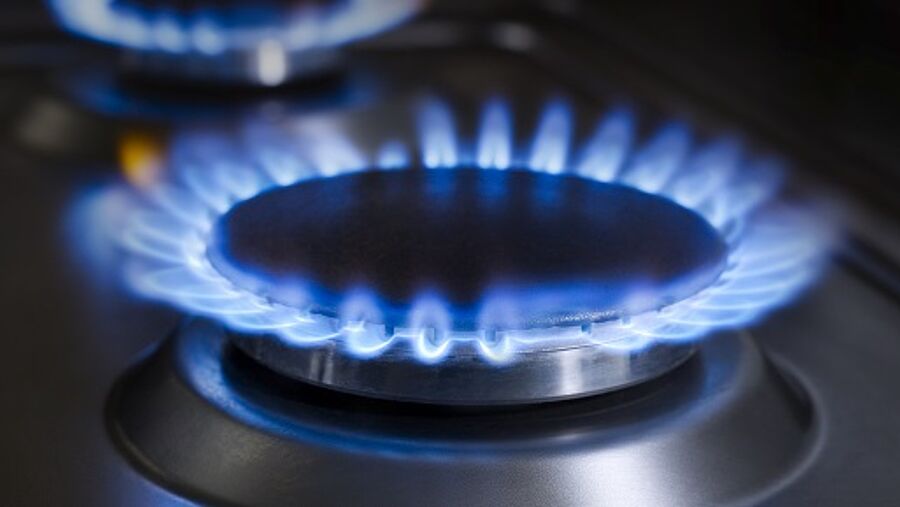
* Pantaenius UK Limited is authorised and regulated by the Financial Conduct Authority (Authorised No.308688)
To login to your account, please follow the link below. You will be redirected to the website of S.A.M. Pantaenius Monaco, Courtier d’Assurances Yachts, where your contracts have been concluded.
Continue to loginClean, effective and easy to use - for cooking, heating or cooling. Gas-powered systems can now be found on almost every yacht. However, this popular energy source also has a high risk potential. Accidents, with sometimes devastating material damage and personal injury, occur time and time again. The main reason: poor maintenance of the gas system.

In the EU there are various regulations for the safety of liquid gas systems on board: While the DIN EN ISO 10239 standard provides for the installation as well as an initial inspection of liquid gas systems on privately used boats, the internationally recognised "Technical Regulation G-608" of the DVGW (German Technical and Scientific Association for Gas and Water) stipulates regular inspections of gas systems. However, as technical rules are not a law, inspections are recommended in Germany, but only required in exceptional cases on some state waters. Unlike in households or in motor homes, gas systems on board are therefore not subject to any maintenance obligation. This is despite the fact that careless handling of gas can have serious consequences.
So what actually happens when gas escapes from the system? The density of gas is higher than that of air, so escaping gas sinks to the bottom and collects in the hull, the bilge and above the floorboards. Boat hulls, unlike motor vehicles, are usually closed systems, and vapours collect and compress quickly. In combination with the ambient air, a highly ignitable mixture can be created, where miniature ignition sparks from an electronic device are sufficient to start a fire. Even if an explosion does not occur, inhaling even the smallest amount of gas, especially unnoticed while sleeping, could be life threatening.
However, there are some quick and easy measures that can be taken to minimize this danger. Escaping gas is usually due to a defect in the gas system and this is often the result of poor system maintenance. So, just as an engineer will check a domestic gas heating system at regular intervals and a motorhome is subject to a technical inspections every two years, the gas system aboard a boat should also be periodically subjected to a visual and pressure inspection by an expert. This inspection is recommend every two years as a minimum, and should include everything that is connected with the operation of the gas system. The expense – which is minimal - is a wise investment.
The system’s year of construction can be read on the gas regulator and the gas hose. Both parts should be replaced after a lifetime of six years.
Especially when buying a used boat, a safety check is recommended. If the previous owner cannot show a valid inspection certificate or if changes were made to the gas system after the last inspection, request an inspection is carried out before you proceed with the purchase. The cruiser department recommends that boats built before February 2001, and boats imported from abroad, should also be professionally checked. The latter are often equipped with gas systems that are operated with lower pressure. Hotplates, heaters or similar implements are therefore only safe to operate at this lower pressure, that’s providing they meet with German safety standards to begin with.
EYES ON!
Regardless of a maintenance programme, the owner should always keep an eye on his gas system himself. Even if the inspection has just been carried out, it happens in practice time and again that out dated individual parts lead to unnoticed gas leaks. Special attention should be paid to the pressure regulator and gas hoses. With a lifetime of six years, both must be replaced after this period at the latest.
On closer inspection, the imprint on both components reveals the respective year of manufacture. A quick check as well as the replacement of the components is very easy and prevents serious consequences in case of doubt. In addition, gas remote switches can be a useful safety component. In newer vessels these are usually standard equipment, but they can also be retrofitted.
For example, a remote gas switch located by the stove enables the gas supply to be electronically shut off directly at the gas cylinder. This is a great advantage in terms of safety during a yacht’s operation. Gas detectors are also a danger-minimizing measure. They do not cost much and are easy to install. Unlike smoke detectors, they are not installed at the highest point but at the lowest; below deck. The regular inspection of the gas system may cost some money and time, but out of pure convenience, one's own health and the protection of belongings on board should not be neglected. If you are looking for a recognised expert or would like more information on the subject, the Association of Sports Boat and Shipbuilding Experts e.V. (VBS) and the German Association of Gas and Water Experts (DVGW) can help.